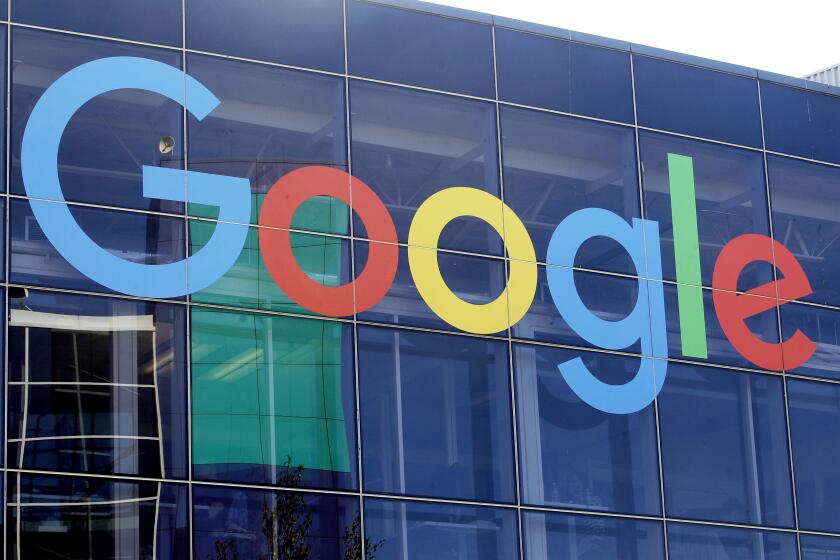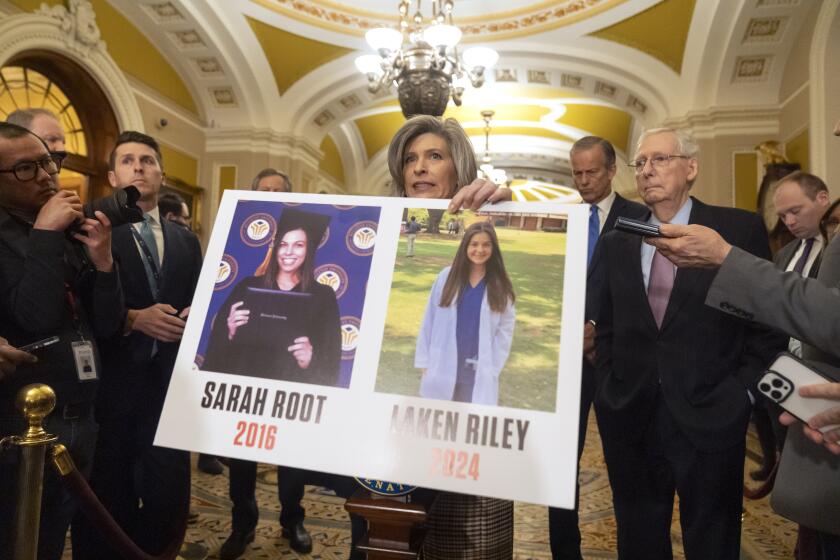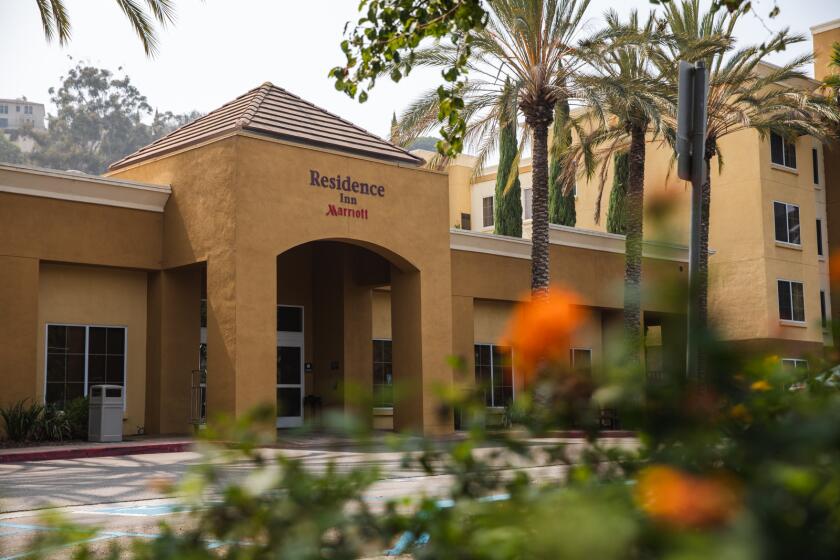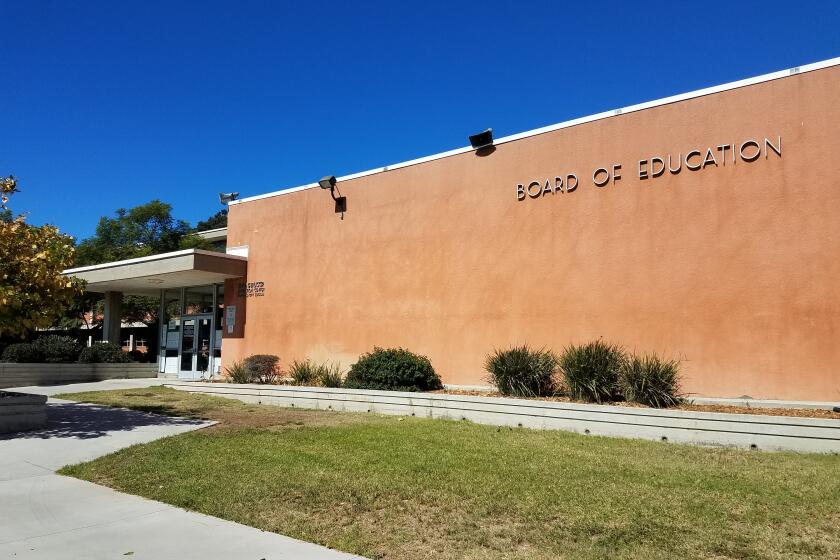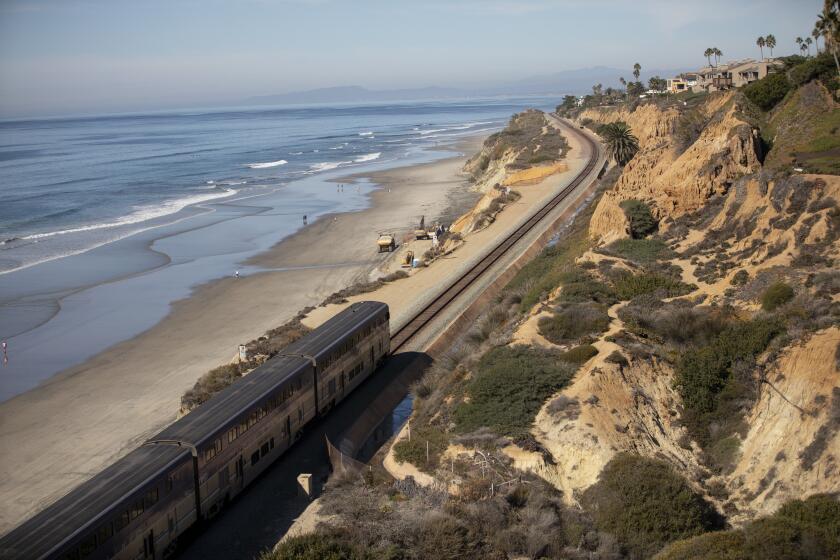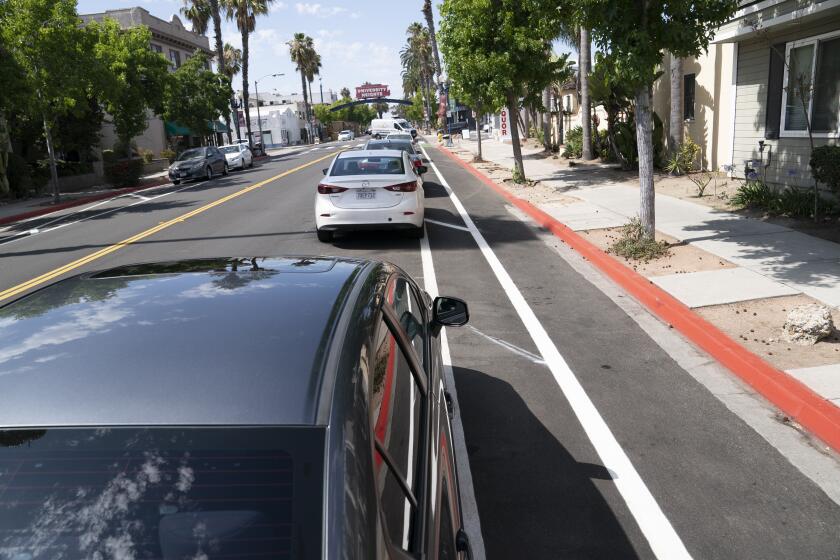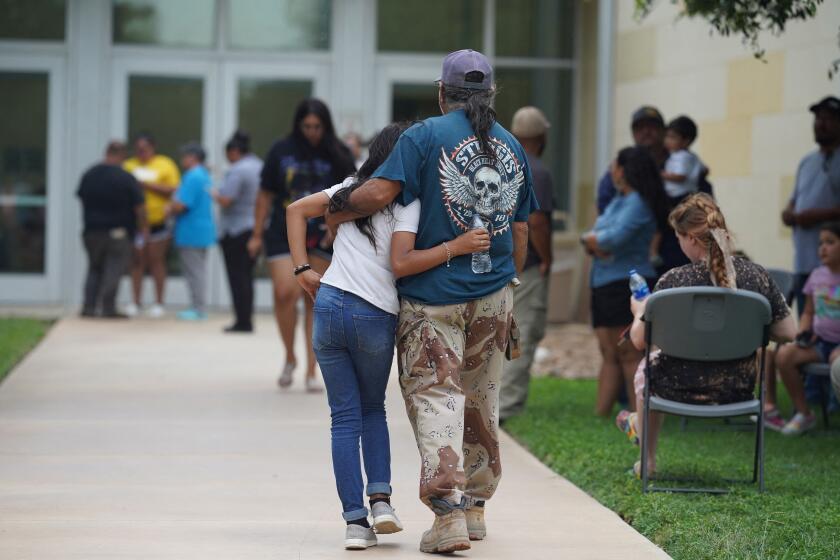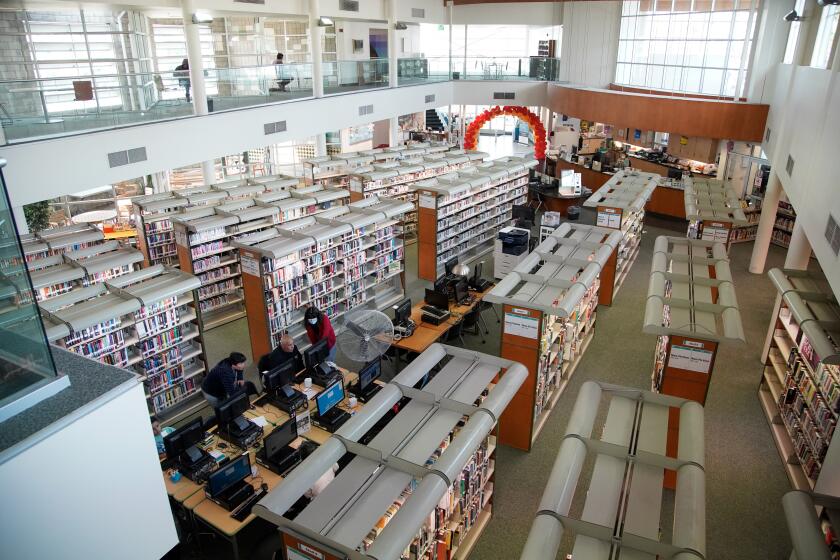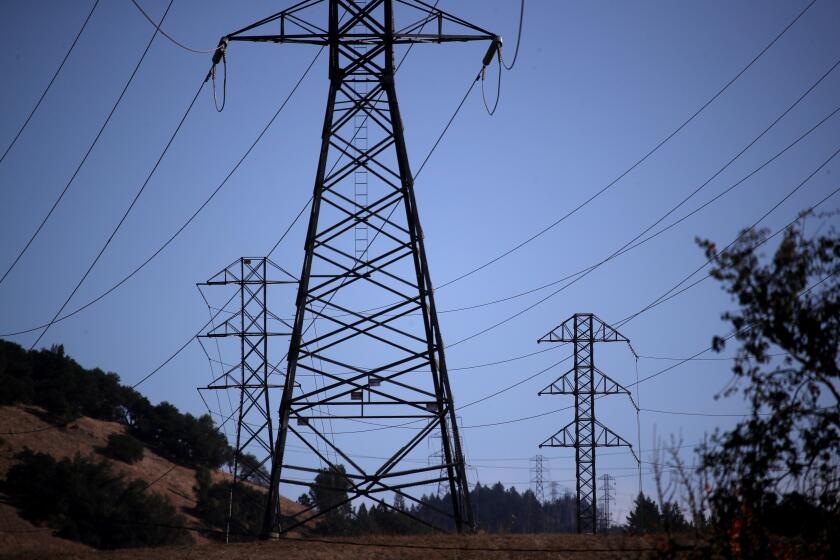Opinion: Your Say on spending the massive California budget surplus
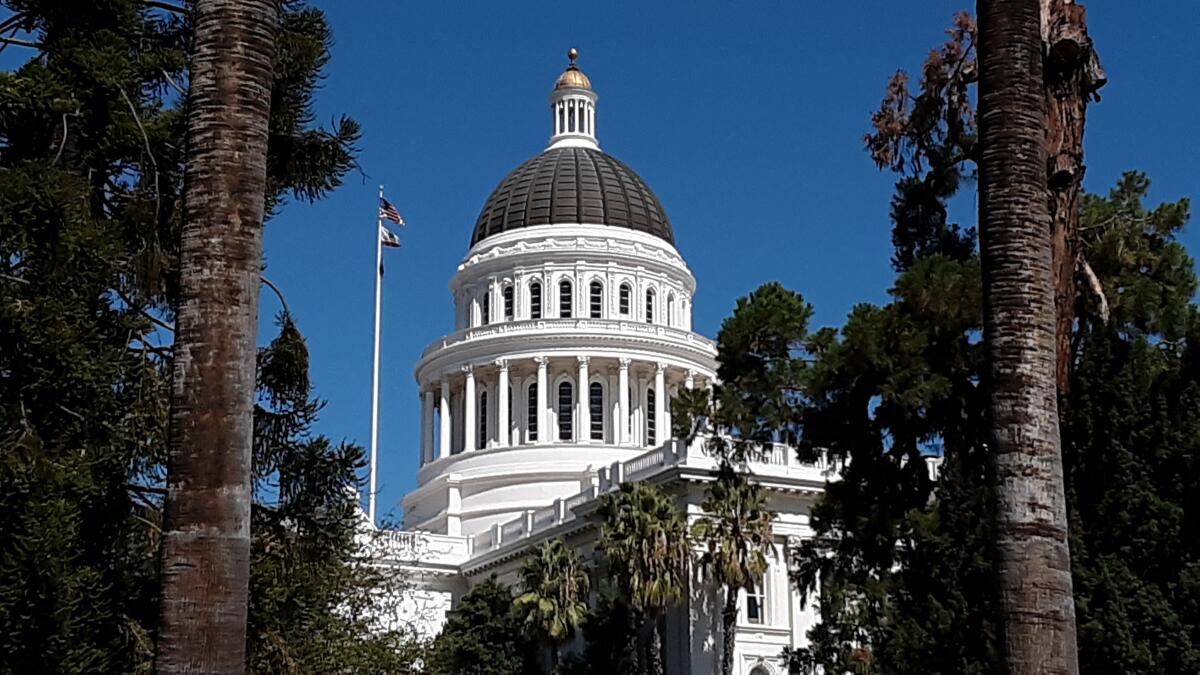
California has a budget surplus of about $38 billion due to taxes paid by wealthy professionals and stock market investors. What should the state do with this unexpected windfall of funds?
Editor’s note: Last week we asked about a nearly $76 billion budget surplus. That figure included money that is committed by law to be spent or saved, as the Legislature’s budget analyst subsequently pointed out.
Investing in desal will serve the most people
Once again our state faces severe drought conditions, as in the past and, for sure, as we will in the future.
Our governor and legislators can cement their legacies by utilizing a portion of the current budget surplus, as well as some of the current additional federal funds, by investing in 25 to 30 new desalination plants along our coast.
Approximately 70 percent of our state’s population lives within 30 miles of our coastline. We have about 11 desal plants currently (most are pretty small) with a few more planned. This is not enough. With the addition of many more plants, the population of our state will have a stable long-term solution to reliable water supplies. Presently, the largest desal plant in the U.S. is in Carlsbad, providing 8 to 10 percent of San Diego County’s water supply. That plant produces about 50 million gallons a day.
New plants should be scaled up to 75 to 100 million gallons per day with the objective of supplying at least 70 percent of our population’s water needs.
If coastal populations do not take water from the Sierras or the Colorado River, then the ever-important agribusiness in our state will benefit. California’s economy is very much dependent upon agriculture. Thousands of acres have gone fallow as a result of recent drought years. This doesn’t have to happen again in the future.
All Californians know there will be future earthquakes, and they can be most destructive to water supplies. With a dispersed network of desal plants there is a reduced risk of widespread lack of water when the next Big One hits.
Next Week: George Floyd
A Minneapolis police officer murdered George Floyd a year ago. How do you think the U.S. has changed since then? What gives you hope or what gives you concern? Email your 500-word essay by Wednesday to yoursay@sduniontribune.com and we may publish it in the newspaper and online. Please include your name, community and a phone number we won’t publish.
New (and existing) desal plants should turn to using renewable energy — wind, solar, wave and tidal turbines — to provide the power to run them. If this is done then the cost of desal water will come down since the cost of energy to produce desal water has been an issue of concern.
We are blessed to have the Pacific Ocean at our doorstep. Let’s take advantage of our proximity to this greatest of all sources of water. This investment will benefit everyone in our state.
Gary Flynn, Carlsbad
So many ways that money could be spent
Thanks for asking for our thoughts about the governor’s $267.8 billion budget.
How about reducing state gasoline taxes or state sales taxes to put money right into the pockets of Californians?
While I applaud the $8 billion for water and drought issues, I would like to see more spending on permanent solutions to our water supply challenges.
Clean up the problems at the Department of Motor Vehicles and the Employment Development Department and demand better accountability for those departments.
While I am not a fan of funds for the high-speed rail project, I do think transportation can be improved statewide.
I urge the governor to continue investing in a “rainy day” fund for California. This year, we were saved by the stock market and pandemic relief.
Finally, one thing I don’t want to see in the budget is pay increases for elected officials.
Laura Impastato, Normal Heights
Put money to work for small businesses
The state of California windfall will grow even larger on the backs of small businesses that accepted federal Paycheck Protection Program (PPP) funding. The state taxes the PPP funds businesses received unless they had a drop in income of 25 percent or more. While the federal government counts PPP as income, taxes are only applied to the adjusted gross income.
But the state of California does not allow any business expenses to offset the PPP funds. So in these cases the state is taxing PPP income as profit. In other words, taxing the top line, not the bottom line.
The federal PPP money was designed to help businesses, not enrich state government. A company can lose 20 percent of its business, post a loss, and yet still be required to pay taxes on its PPP. Give that money back to businesses that need it.
Glenn Younger, Ramona
Let’s get our beaches back in working order
I’m coming from a very selfish place. I would like to see funds from the state budget surplus of $38 billion for an ongoing program for sand replenishment on San Diego beaches. This would obviously benefit residents, businesses and tourists. If we have no beach sand in which to stick our feet, we become a far more ordinary place to live.
We are at the tipping point for losing our beaches. Over the winter of 1983-84, the North County shoreline was reduced to cobblestones by the waves and currents of large seasonal storms. This winter we experienced a fairly normal storm cycle except for a late season two-week period of medium high surf. And that has caused the sand to all but disappear.
Surf comes up to the riprap barrier at the base of homes in Oceanside at low tide. Ponto State Beach has no sand. Its parking lot holds more than 100 cars. They generate more than $100,000 for the state each year. The beaches north of Cardiff have been chewed back, creating steep slopes of cobblestones. At high tide there is little to no sand at all. A 6-foot-plus high tide at South Cardiff State Beach (Seaside Beach) floods the parking lot, which often fills to a capacity of more than 150 spaces at $8 per day. These beaches serve as the “canary in the coal mine” for the San Diego county shoreline. We are at the tipping point.
I’ve got a little bit of background in the study and love of sand. I lived on the bluff at 245 Pacific Street in Solana Beach (see Phil Diehl’s recent article about the bluff) from 1978 to 1997; I started Tidelines Tide Calendars in 1981; I conceived of The Surfrider Foundation chapters and was president of the San Diego chapter in 1991; I created The ReSANDiego Project, a grass-roots organization that educated on the topic of the need for beach sand replenishment and was instrumental in raising $10 million from the U.S. government.
Ideally, San Diego beach sand is nourished by sediment flow from our local rivers. Over time these sources have all but been stopped by dams, railroads, roads and freeways, and upriver sand mining. Our estuaries are being filled with sand that normally would reach the shore. The natural order has been disrupted. We have to manage our spectacular coastline.
Other than the minimal addition of bluff erosion and some opportunistic soil excavation projects, we are left with two options — both are costly but necessary. We can dredge our lagoons but we would have to pump long distances under roads to the shore. We have dredged offshore sand deposits and pumped the sand onto the beaches in the past. In 2001, 2.1 million yards of sand was pumped onto our beaches at a cost of $17.7 million. In 2012, 1.5 million yards was pumped costing $22.5 million. These projects have had satisfactory results in keeping our beaches healthy. It’s now time for another sand project.
There is no budget for the sand we need, according to the SANDAG Shoreline Preservation Committee. But $38 million is 0.1 percent of the available funds. This would suffice for a one-time project of restoring our beaches and give our elected officials time to budget for future projects.
John Conover, Encinitas
Take enough time to make the right deal
I think a lot of people are wondering how any state can get a windfall the size that the state of California just received — $38 billion dollars. It is almost too much to wrap your head around. Gavin Newsom and the state of California have some decisions to make. The question is, how should these funds be allocated?
I spent some time thinking about this question, being a California state resident born and raised for 59 years. How would I like to see it spent? I ran through a list of ideas in my head, and to be honest, it is just endless: infrastructure, the environment, education, families, the homeless, marginalized groups of people, or simply put it in a reserve fund. All worthy of financial attention. But there are questions that I simply cannot answer. What are the restrictions on how this money is spent? Is it a “free for all” or is it designated for certain purposes? Who makes the decision? Is Newsom at the helm or do we have a say and vote on this? Yikes, what an open-ended prompt.
So this is what I think: Let’s make a deal. What if we put the following options behind Door No. 1, Door No. 2 and Door No. 3? The options are greed, maintenance and people. Yup, I think that would cover it. Then we spin the wheel.
Greed — If we divided the entire amount by the population of California, that is around $1,000 for every man, woman and child. Not bad.
Maintenance — Let’s see, where do we start? How about those railroad tracks that go through Del Mar? Seems like a prudent way of spending our windfall. Roads, schools, cast iron pipes, coastal lagoons, earthquake proofing everything. This feels a little more practical than just dividing it up.
People — Education is key to surviving in this world and the earlier we start investing in our people, the more we gain overall. The homeless, the person with special needs, the single parent, the LGBTQ community, Black Lives Matter, cancer and Alzheimer’s research. It is hard to argue with any of these causes. I want them all to be funded and more!
My “tongue-in-cheek” response is both facetious and real at the same time. I don’t know where we should put our resources. My hope is that wherever they end up, it is the most fair and logical way to spend our funds. While I find the prompt to be far too much for me to answer, our government better take this surplus seriously and take its time making some very important decisions. What a problem to have.
Vicki Hoffman, Rolando
Save it it for a rainy day
Before our eyes widen too far in excitement at the huge sum that has dropped out of nowhere into our collective laps, let’s recall the good example of our last governor. “Governor Moonbeam,” as Jerry Brown was disparagingly known during his first term in office, learned and settled into a much more grounded leader in his second term of office. He learned, as Democrats often do not seem to, that fiscal prudence is a prime responsibility of state governance. Let’s learn from Jerry.
Sure, he got flak from the most liberal end of his party, but resisted calls to take all the extra money and spend it. On good causes, no doubt, but Democrats have no difficulty finding good causes to spend money on almost everywhere. I’m a Democrat; I believe in social welfare. But where are the limits? We can’t fix every social problem, so let’s be more narrowly directed with what we support with state monies, and do it fully.
So, first we establish a hefty rainy day fund to ensure that in hard times we can pay for our commitments. Then let’s have a serious conversation about what to spend part of this revenue on.
Education, for starters. California has underfunded university public education since the crash of 2008. And last year, according to The Times of San Diego in a May 2020 article, California state universities lost 10% of their expected budget this last year. Since even before the recession of 2008, tuition has sky-rocked as universities shifted responsibility for funding from state budgets to student tuition. Now we hear that businesses of all stripes are finding difficulty in hiring qualified employees. Bartenders and waitresses will eventually come back when they feel safe and benefits run out. But teachers and engineers? It’s hard to supply employees that don’t exist. Fully funding higher education again (while, I might add, auditing those institutions and cutting waste in their systems), will give future professionals the means to complete their educations without incurring mountains of student debt and ultimately ensure future prosperity in California.
Another problem that speaks out to Californians is infrastructure. President Biden’s infrastructure plan is tenuous as he will need some Republican support to pass his bill. That’s unlikely. Why not skip over the wait and fund our own infrastructure improvements? A serious flaw in the way we fund infrastructure is that we pass bills to create, but never to maintain and improve infrastructure over time. Collapsing cliffs under Amtrak and undriveable streets in San Diego are two such examples. Let’s do some fixing, and then set up another rainy day fund for infrastructure.
What we don’t want to do is spend and spend without creating monies to maintain our investments in a 21st Century economy, both in infrastructure and education. Instead we can plan for the inevitable downturn in state revenue and prevent future deficit spending or cuts to vital programs.
Governor Brown had it right: Save first, spend later.
Rick Millican, San Diego
Let citizens decide how to spend it
Since politicians are ‘hooked’ on spending other people’s money, no one sitting in the state Legislature should be allowed near this surprise surplus! There are an untold number of nooks and crannies where taxpayer dollars disappear without any accounting. Heck, even the current state Treasurer cannot provide an up-to-date record of expenditures but we do know that the multi-billion dollar fraud in EDD is just one example of mismanagement.
So, that $38 +/- billion of surplus should be escrowed whilst a new no-holds-barred task force of informed, interested, bipartisan and dedicated citizens is created to be the state’s financial proctologist to separate the fly manure from the pepper in the state’s expenditures for the sole purpose of making recommendations on how best to effectively employ those surplus funds which could include a taxpayer rebate for all who file a SIT return.
An added benefit could be putting the spotlight on spending redundancies and wastage which can be given to the state legislators for action. Give this Task Force 180 days to complete this commission. I suggest that Jon Coupal, CEO of the Howard Jarvis Taxpayer Association, be the Chair with members numbering no more than, say, 15, so the work gets done vs getting bogged down in partisan bickering....for these folks represent us taxpayers whose hard-earned dollars are at stake here. Please note that I have not pointed fingers at any of the state’s programs. This Task Force will have the ultimate ‘tabula rasa’ to make recommendations that will strengthen the expenditure of the hard-earned taxpayer dollars, recommendations that cannot just be cast aside by our elected politicians without ample reasoning and votes by both Houses of the state’s government.
Lou Cumming
La Jolla
Get Essential San Diego, weekday mornings
Get top headlines from the Union-Tribune in your inbox weekday mornings, including top news, local, sports, business, entertainment and opinion.
You may occasionally receive promotional content from the San Diego Union-Tribune.

